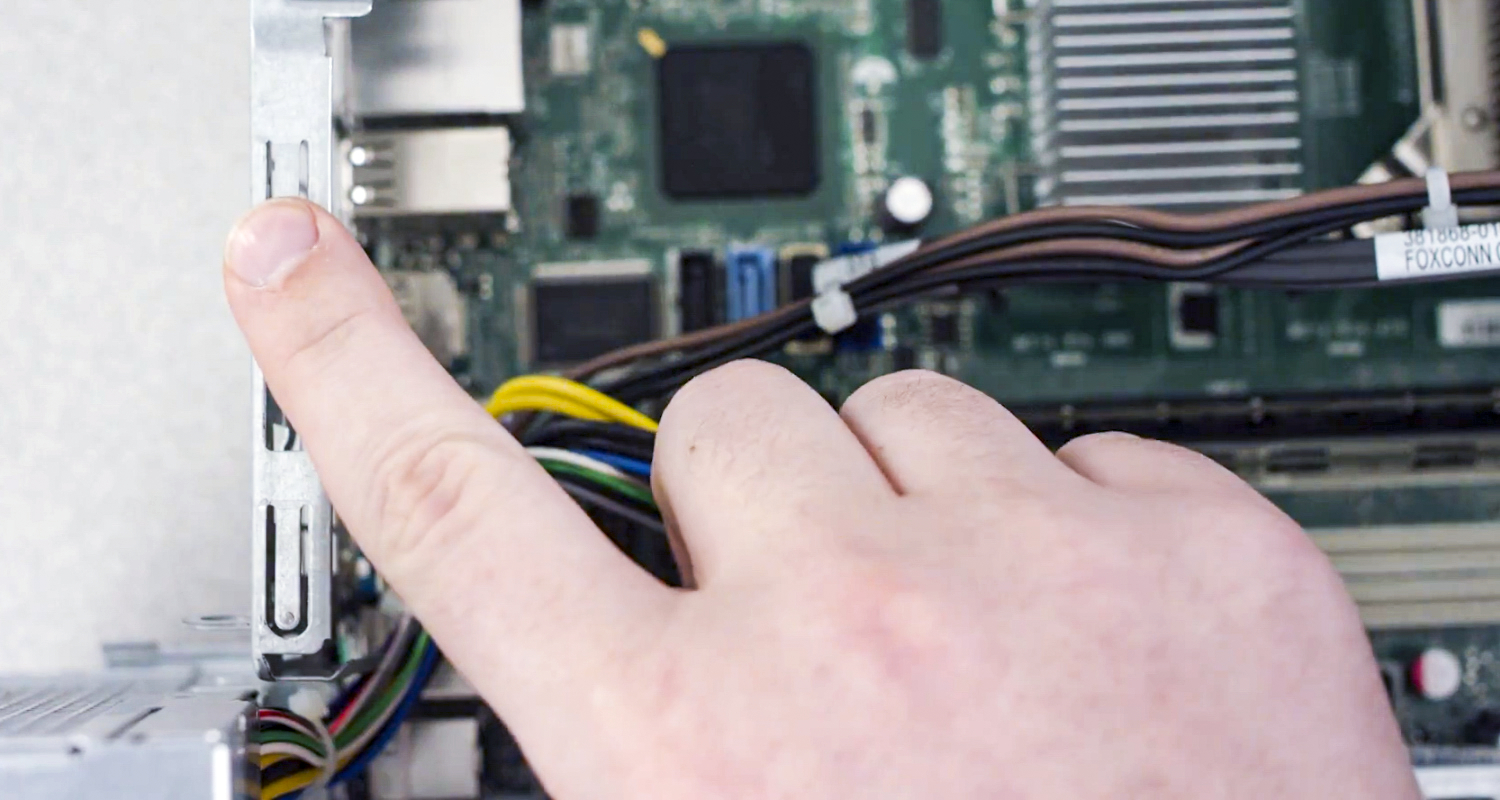
Adding memory (RAM) to your desktop computer can instantly make your computer faster, increase system responsiveness, and make multitasking seamless.
Watch tutorial or follow steps below.
Clear off your installation space and make sure you’re working in a static-safe environment. Remove any plastic bags or papers from your workspace.

Then, you’ll need the following items:
Because your files, documents, and data are on your storage drive, not your Random Access Memory (RAM), they remain unaffected during this process.
This includes any cables and accessories plugged into the computer
This discharges any residual electricity still in the system.
For instructions about opening your specific system, consult its owner's manual. You can also take pictures as you work through the process to see where cables or screws are attached to make it easier to put back together.
 electricity by grounding" width="" />
electricity by grounding" width="" />
Touch an unpainted metal surface – this is an extra safeguard that protects your computer memory and components from static damage during the installation process.
Precautions before installation:
Discharge static electricityStatic electricity can damage the components in your system. To protect your system’s components from static damage during the installation process, touch any of the unpainted metal surfaces on your computer’s frame or wear an ESD wrist strap before touching or handling internal components. Either method will safely discharge static electricity that’s naturally present in your body.
Protect your memory moduleTo protect your memory module, avoid touching the gold pins or components (chips). It’s best to hold the module by the top or side edges.